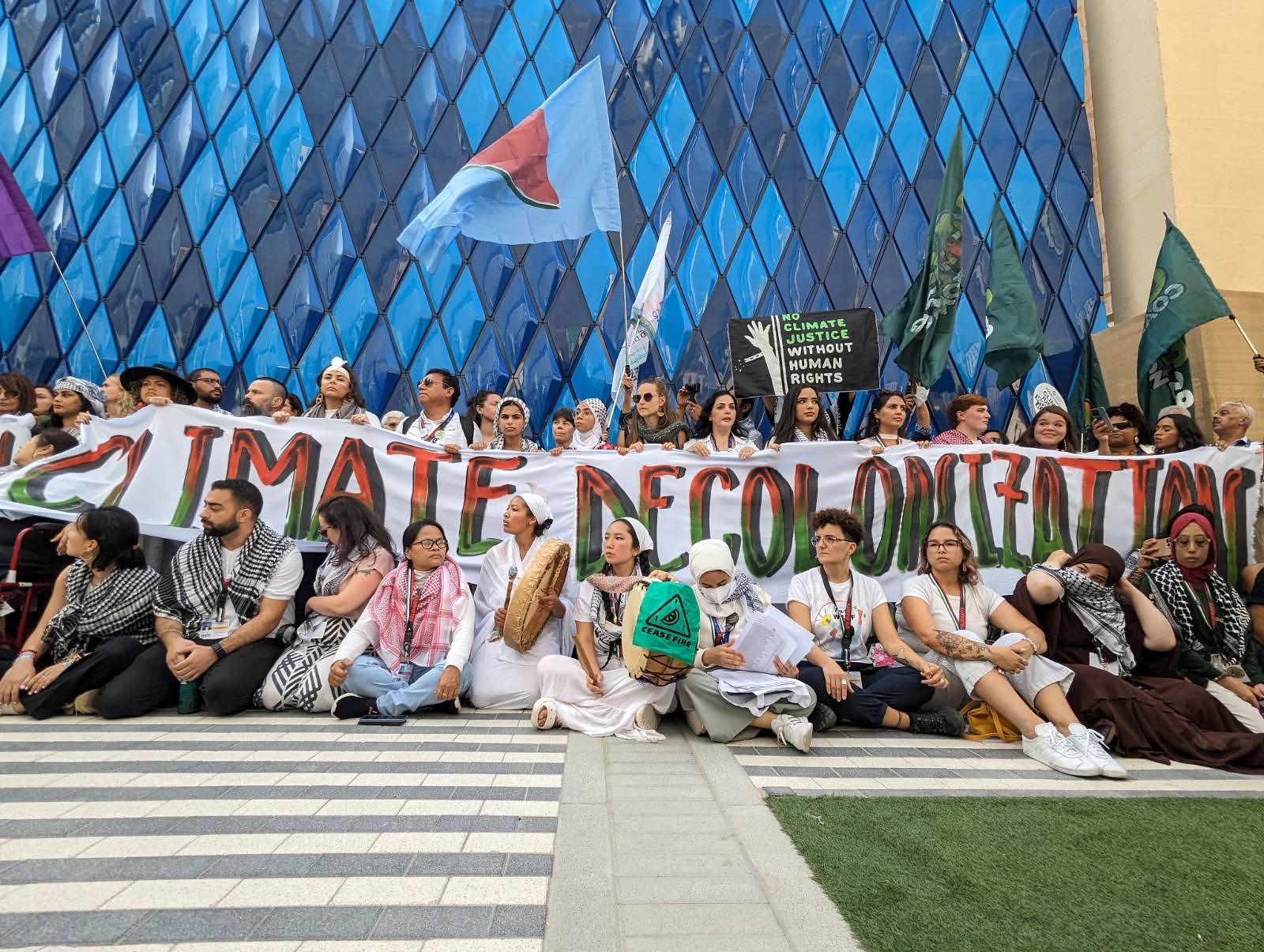In Lower Manhattan, in a small plaza called Zuccotti Park, Occupy Wall Street was born in September of 2011. While the first Occupiers had originally come to protest Wall Street, once the actual occupation began their game plan was not entirely clear. What were their goals and how would they pursue them?
In spite of this lack of clarity—and also paradoxically because of it—Occupy rapidly began to spread throughout the United States and abroad. From major cities to small towns in rural America, people seemed drawn to this sudden explosion of outrage aimed broadly against all that was wrong with American society. Within two weeks there were dozens of occupations modeled after Zuccotti Park; after a month there were many hundreds. Every new day saw a whirlwind of developments—new occupations, protests, debates, critiques, and proposed solutions.
Though the movement did not issue clear-cut demands, one thing quickly became evident: that this was a movement of the “99%,” of the broad masses of people robbed of their due share of society’s wealth and opportunities by millionaires and billionaires, i.e. by the “1%.” The movement aimed to reverse the trend from preceding decades by which the neoliberal agenda of U.S. and global capitalism had tremendously increased social and economic inequality. And in reintroducing the issue of class to the American public agenda, the Occupy movement led what can only be considered a rebirth of the U.S. Left.
This radical approach, combined with the incredibly rapid expansion of the movement, perplexed and upset the powers that be and captured the imagination of broad segments of the public. After decades of despair and low visibility among the U.S. Left—as Ethan Young analyses in his study “Mapping the Left” (www.rosalux-nyc.org)—suddenly a progressive movement was headline news and could not be ignored. And for the first time in decades, the Left had a major impact on the broader populace; millions upon millions of people could relate to its protest, and in particular to its key issue: the social divide. In an era in which many had come to believe the neoliberal credo that “there is no alternative,” suddenly there came an opening reminiscent of what the movement against neoliberal globalization had previously claimed, that “another world is possible.”
In this study, Ethan Earle, project manager at the New York office of the Rosa Luxemburg Foundation, provides what might be the first detailed account of the history of Occupy Wall Street, from its beginnings to its current state. This work is an important contribution to a complex and fast-developing conversation over how and why Occupy happened and what will become of it. Earle gives the reader a strong framework through which to understand the movement and develop his or her own ideas about its legacy and its future. By drawing attention to Rosa Luxemburg’s own dialectic of spontaneity and organization, he also comes up with timely suggestions regarding the direction the movement should take.



